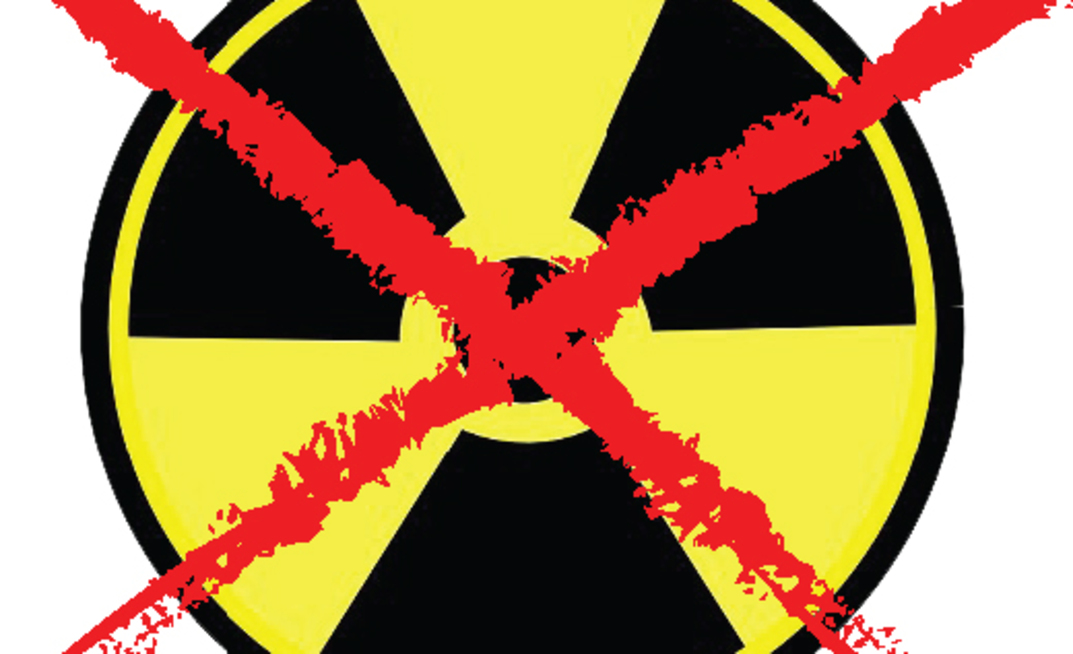In the past few years, activities around nuclear measuring devices are pointing to changes in measuring practices in the mining industry. Consider the following:
- In 2007, the Canadian press reported there were 76 nuclear devices missing over five years, raising public safety and terrorism concerns
- In 2010, an auto accident involving a truck carrying a nuclear metering device made local headlines and closed down an Oregon state highway
- In 2010, the US Army Corps of engineers issued a safety bulletin for nuclear densitometers used on site citing significant physical hazard
- In 2011, the Canadian Nuclear Safety Commission proposed a C$10,000 per license fee to cover costs associated with the disposal and ‘end of life’ of certain nuclear meters.
These events along with an overall community sensitivity to things nuclear are resulting in a shift to alternative measuring technology that may not only sidestep regulatory issues but also improve process and plant economics as well.
As one industry executive notes, “The opportunity to find a viable non-nuclear meter for our operating plants is not only of technical and economic interest to us, but will probably become a practical necessity sooner than later.”
With the possibility of terrorists looking to gain access to nuclear materials to build a ‘dirty bomb’, the pressure will no doubt increase. While most mining companies are acutely aware of and responsive to these concerns, many have been hamstrung by not having a viable alternative to a technology they have consistently, if reluctantly used, over the past several decades.
Today, federal and state agencies like the EPA and the Canadian Nuclear Safety Commission have regulations for nuclear meters that call for:
- Licensing and Permits;
- Mandatory training;
- Designation of a site radiology safety officer;
- Storage regulations;
- Shielding requirements;
- Transfer/disposal procedures and regulations;
- Warning signage;
- Periodic leak tests;
- Restrictions on relocating nuclear densitometers;
- Records retention;
- Annual audits; and
- Inspections
No other process control technology has such a burden placed on it and there may well be more on the way.
Fortunately, innovation may save the day, by not only eliminating the restrictions and requirements attendant to the use of nuclear technology, but also improving the productivity and reducing cost at the same time.
Performance issues
The majority of the nuclear densitometers used in mining and other industry segments deal with coarse, corrosive and abrasive materials to measure the density of the process slurry flowing from one production process to another.
A typical metals and mineral processing facility uses fifteen or more density meters on its most critical stages of production. Unfortunately, drifting of the readings comes with the territory. Drifting is caused by the continuous loss of strength of the nuclear source material and by the analog-based detectors used.
Optimising that production requires real-time knowledge so that cost, quality and throughput are within targeted ranges. Uncertainty is the enemy of process optimisation and if it exists then manual sample taking is undertaken along with laboratory analysis of those samples.
The economic impact on a typical mine processing plant using nuclear density meters to comply with the above regulations activities, while high, in itself pales in comparison to the cost to maintain the relative accuracy.
Accounting for what are typically the hidden costs of uncertainty (manual labour) and regulatory compliance expenditures may result in well over US$100,000 per year, for a typical inventory of ten nuclear densitometers.
While the cumulative cost of maintaining nuclear density meters increases over time, the strength of the nuclear-source material will degrade as it continues to reach its half-life. This factor, as well as those owing to its analog-based nature, negatively affects nuclear’s stability and forces users to make frequent recalibrations in order to produce the reliable readings that process control requires.
Alternative technologies
It should come as no surprise, then, that the development of emerging technologies as alternatives to nuclear devices is underway. These are gaining acceptance in industries other than mining, and interest in the technology from major mining companies is growing.
One example of change is in the construction industry where, until now, nuclear radiation-based density meters were standard in measuring the density of asphalt. A meter from TransTech that claims to improve productivity and performance over nuclear has been accepted by highway departments throughout the US, in states such as Alabama, Georgia, New York, and Ohio.
In mining, an in-line continuous density meter has been introduced by SCIAM worldwide that offers increased safety, efficiency and accuracy. This system uses a flow tube inserted in the process line and produces a 2.5% increase in accuracy versus nuclear densitometers.
Ultimo Measurement has launched the Ultimo Density Meter, a non-invasive meter that is clamped on to the existing process pipe to continuously measure the density or percentage solids of any slurry, loose solid or liquid.
The meter has been shown in the field to track the density measured by actual physical samples to within 0.1% and is already in use by some of the leading producers of gold, copper and potash.
The implications of such devices for the mining industry are far-reaching, given the promise of cost savings, production efficiencies and regulatory relief. And the trend will most likely hasten as more mining companies install these non-nuclear devices.
























